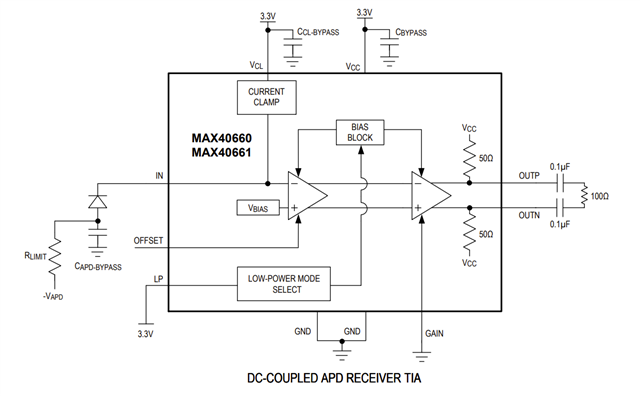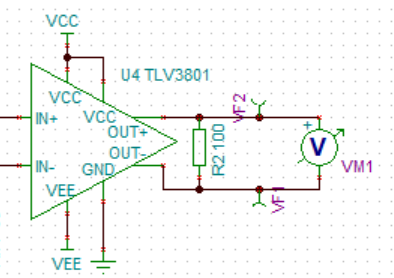Other Parts Discussed in Thread: TLV1871, TLV3811
Tool/software:
Hi Team,
I have been so far using the TLV3801 comparator for my project. But I now require a comparators with the following criteria; 0mV hysteresis and input split power supply. TLV3811C looks to be a great candidate but it doesn't have an input split power supply. The idea is that I need to compare a 500MHz high-speed ac-coupled signal with 0V/ground. Could you propose any components/ circuits that could be useful for this?







